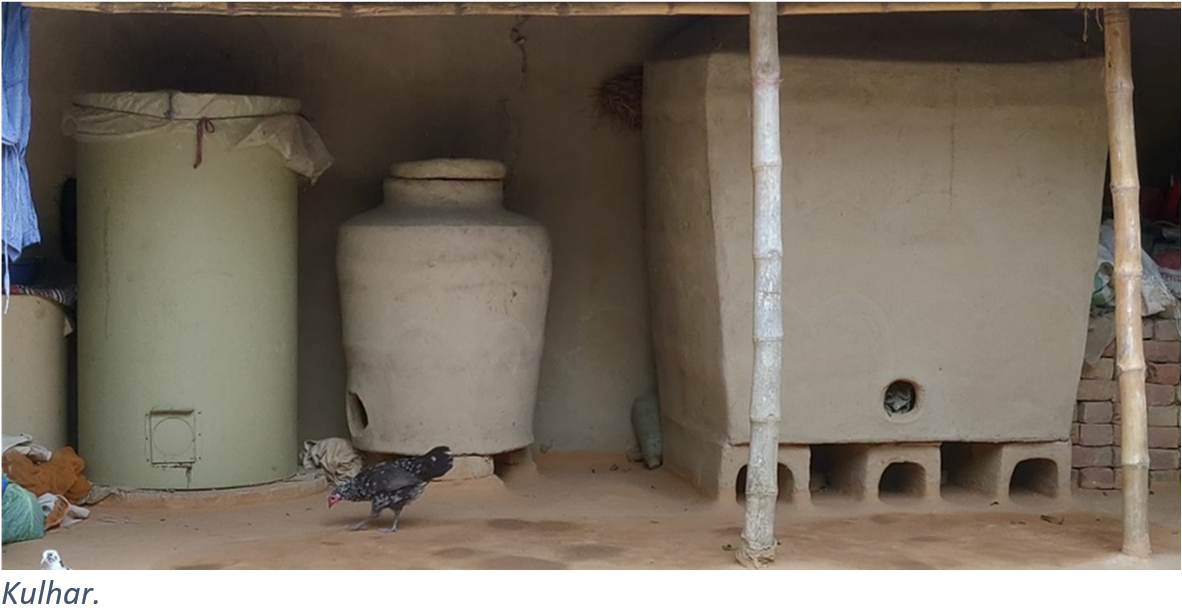
Muhammad Abdur Rahaman, Director, Center for People and Environ, Dhaka, Bangladesh & Research Scholar, Tripura University, Agartala, Tripura, India
Heat stress is a phenomenon where an area experiences higher temperatures than surrounding areas. In recent times, heat stress has been a common phenomenon in Bangladesh due to temperature rise. Historically, the Barind Tract of Bangladesh has heating vulnerable areas however, in the last couple of years, all over the country heat stress has become a meteorological disaster during summer. Traditionally, the people of Bangladesh are habituated with different indigenous knowledge and practices to adapt to heat. Mud-made houses are one of the Indigenous practices of Bangladesh to adapt to heat. The width of the walls of a mud-made house is around one foot. The significance of these houses is to cope with the heat, the local community in Barind Tract, Chittagong Hill Tracts, and the coastal belt said that the mud house feels comparatively cooler during the summer. As human beings, the community people also prepare mud-made nests to provide cooler habitation for the birds. Dhop Koll was practicing in Barind areas to support pedestrians during summer for drinking water. While the traditional Dhop Koll system is no longer active, people now support rickshaw pullers and day labourers during heatwaves by providing drinking water. Kulla is the indigenous practice of rearming chicken. This is effective in protecting chickens and ducks from heat waves. As a straw-made structure, Kula does not warm during summer and provides favourable habitation for poultry. During summer, the straw-made wall keeps cool and ventilation for a suitable environment for the poultry and ducks. As a result, this Kulla has a high potential to adapt to climatic extremes around the year. In the current increasing heat concern, it could be a good adaptation action for small-scale chicken farming. Motka is a big pot made of clay. The clay is porous and traps air and also has evaporation circulation while keeping out moisture and pests. Kulhar is also naturally cool, helping to keep food fresh. This Motka, especially designed for water preservation, is used during the summer to keep water cool. The cool water helps alleviate the effects of heat waves, similar to the benefits of ice-cold water. Mulching has the potential to adapt to heat-induced evaporation and can also help manage local drought conditions. When the summer heat intensifies, consuming sweet and juicy mango and jackfruit helps replenish the body’s water levels, a practice that is traditionally followed in Bangladesh.
Disclaimer: The views expressed in this piece are those of the author/s and do not necessarily reflect the views or policies of AIDMI.